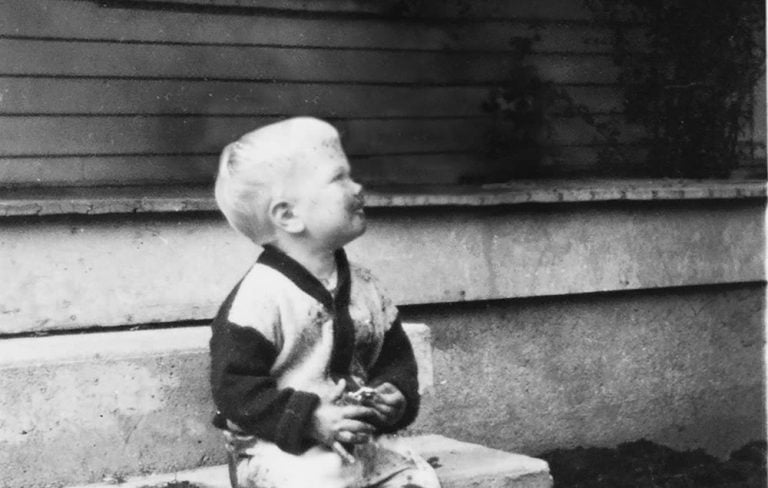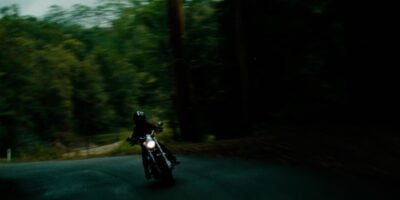Whatever you might expect from the filmmaker behind such hallucinatory touchstones as Eraserhead, Blue Velvet, Twin Peaks and Mullholland Drive, David Lynch may just confound you again with his newly-released hybrid biography/memoir. Traditional and comprehensive on one side while whimsical and irreverent on the other, Room to Dream: A Life in Art manages to have it both ways.
That’s thanks to a unique approach that alternates journalist Kristine McKenna’s chapters of fairly straightforward biography with Lynch’s own chapters reacting to those. Each approach, McKenna’s and Lynch’s, proves absorbing in its own right, and you could get plenty out of reading simply one or the other. But taken together, the twin narratives present Lynch’s singular world from the outside as well as inside.
Sometimes Lynch cuts against his image as a fringe-dwelling eccentric, explaining his love of The Beatles and how ‘filmmaking is just common sense’.
Given the staggering number of subjects that McKenna interviews, her chapters often read like meticulous oral history. If Lynch’s contributions then lean toward the conversational and digressive, it’s not so frustrating because we’ve already gotten the vital nuts and bolts from McKenna. She talks to Lynch collaborators as far-flung as Crispin Glover and Mel Brooks, while also spending a lot of time relaying the valuable perspective of family members and Lynch’s inner circle.
Of course, Lynch regularly steals the show, between his effusive air (expect plenty of exclamation marks) and zinging quotes. Sometimes he cuts against his image as a fringe-dwelling eccentric, explaining his love of The Beatles and how “filmmaking is just common sense.” Other times he leans into that reputation, whether waxing on the thrills of transcendental meditation or plumbing.
But the more time we spend with Lynch, the less unusual and more rounded he seems. The book highlights his diverse work outside of film and television, from painting and music to photography and building. It also grounds him as a painstaking student of cinema rather than some wild-eyed rebel. He fondly recalls spending time with influential directors like Billy Wilder and Federico Fellini as well as Hollywood heavyweights like Marlon Brando and Elizabeth Taylor. Lynch even wound up bonding with Roy Orbison after using the singer’s romantic ballad ‘In Dreams’ to controversial effect in Blue Velvet.
Lynch does dodge certain subjects, such as his break-up with Isabella Rossellini, who provides her own balanced assessment.
Love Music?
Get your daily dose of metal, rock, indie, pop, and everything else in between.
Some of the most striking revelations come in the form of casual asides, like “I feel like I’ll never shoot anything on film again” in regards to the digitally filmed Inland Empire, or “It wouldn’t matter if I explained my theory” about Twin Peaks, in regards to abundant fan theories about the show. Lynch spends a bit more time reflecting on the educational mistake of making Dune, calling his “selling out” nothing less than “pathetic.” He also examines his four marriages and to what degree he’s been an absentee father.
Lynch does dodge certain subjects, such as his break-up with Isabella Rossellini, who provides her own balanced assessment. But McKenna more than picks up the slack as both writer and interviewer. She tells us everything we need to know about the actual process behind Lynch’s indelible work, freeing Lynch to riff his way towards an enthusiastic, contagious tribute to creativity itself.
Room to Dream: A Life in Art is out now.


































